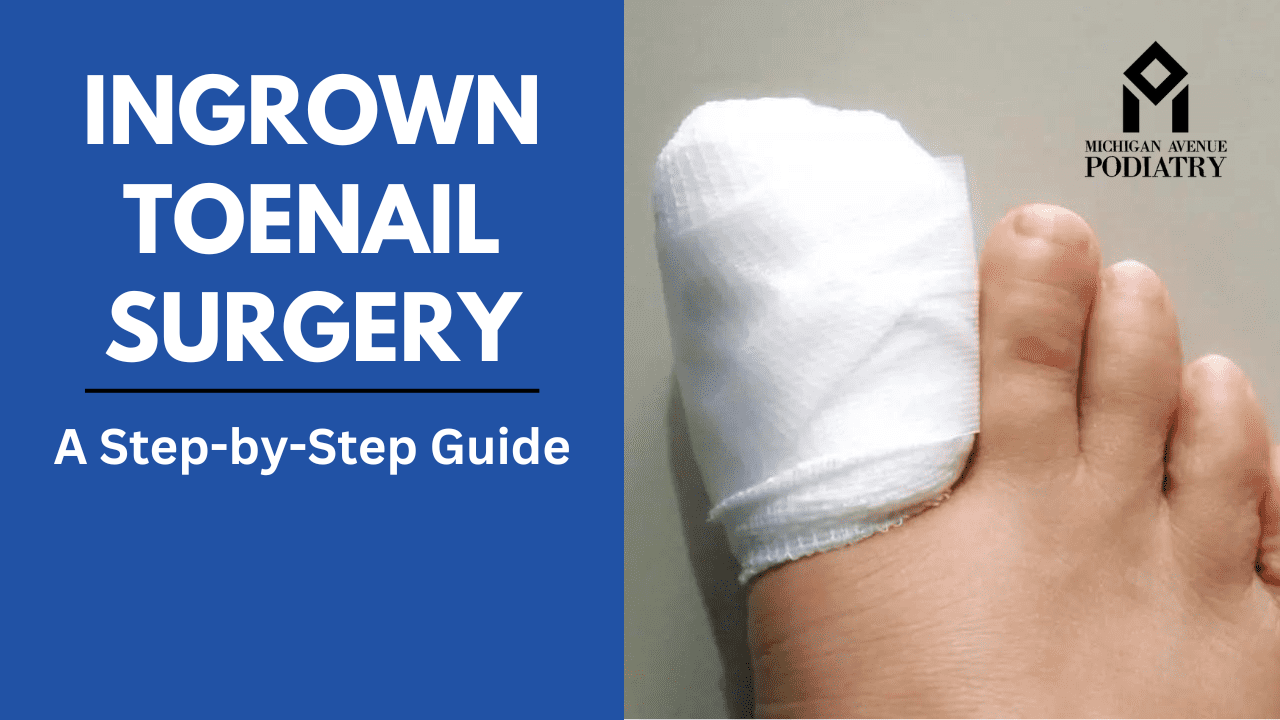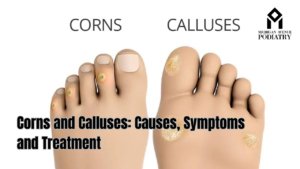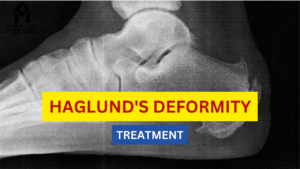Ingrown toenails can be excruciatingly painful, affecting your daily activities and quality of life. While some cases can be managed with conservative treatments, others may require surgical intervention. Ingrown toenail surgery, performed by a podiatrist or foot doctor, is a common procedure aimed at resolving persistent ingrown toenail issues. In this comprehensive guide, we’ll delve into the details of ingrown toenail surgery, what to expect during recovery, signs of infection to watch out for, and how to ensure a smooth recuperation process.
Understanding Ingrown Toenail Surgery
Ingrown toenail surgery, also known as partial nail avulsion, is a relatively simple procedure performed under local anesthesia in most cases. During the surgery, the podiatrist or foot doctor will remove a portion of the affected toenail, including the ingrown edge, and sometimes a part of the nail bed to prevent regrowth. This process aims to alleviate pain, prevent infection, and promote healthy nail growth.
Preparation for Surgery
Before undergoing ingrown toenail surgery, your podiatrist will provide specific instructions to prepare for the procedure. This may include refraining from certain medications, such as blood thinners, informing the doctor of any allergies or medical conditions, and arranging for transportation to and from the clinic or surgical center.
The Surgical Procedure
On the day of the surgery, you’ll typically arrive at the clinic or surgical facility, where the procedure will take place. After administering local anesthesia to numb the toe, the podiatrist will carefully trim or remove the ingrown portion of the toenail using specialized tools. In some cases, a chemical solution may be applied to the nail matrix to prevent regrowth. The entire procedure usually takes less than an hour, and you can return home shortly afterward.
Recovery Process
Following ingrown toenail surgery, proper post-operative care is crucial for a smooth recovery. Your podiatrist will provide detailed instructions on how to care for the treated toe, including dressing changes, keeping the area clean and dry, and managing pain or discomfort with prescribed medications. It’s essential to follow these guidelines diligently to minimize the risk of complications and promote healing.
Signs of Infection After Surgery
While complications after ingrown toenail surgery are rare, it’s essential to be vigilant for signs of infection, which may include:
- Increased pain, redness, or swelling around the surgical site.
- Pus or discharge draining from the toe.
- Persistent warmth or tenderness in the area.
- Fever or chills. If you experience any of these symptoms, contact your podiatrist immediately, as prompt treatment is necessary to prevent the spread of infection.
Recovery Timeline
The recovery timeline after ingrown toenail surgery can vary depending on individual factors and the extent of the procedure. In general, you can expect the following milestones:
- Within the first few days: Mild discomfort and swelling are common, but these symptoms typically improve with rest and elevation.
- 1-2 weeks post-surgery: The initial healing phase occurs, and you may notice some drainage or oozing from the toe.
- 2-4 weeks post-surgery: The toe should start to look and feel better as the healing progresses. You may gradually resume normal activities but avoid strenuous exercise or tight-fitting footwear.
- 4-6 weeks post-surgery: Most patients are fully recovered by this time, with the toenail regrowth well underway. However, it’s essential to continue monitoring for any signs of complications.
Follow-Up Care
Your podiatrist will schedule follow-up appointments to monitor your progress and ensure that the toe is healing properly. During these visits, the doctor may remove any remaining sutures, evaluate the toenail growth, and address any concerns or questions you may have regarding the recovery process.
Conclusion
Ingrown toenail surgery can provide significant relief for individuals suffering from persistent toenail problems. By understanding the surgical procedure, adhering to post-operative care instructions, and being vigilant for signs of infection, you can facilitate a smooth recovery and return to your daily activities with minimal discomfort. Remember to consult your podiatrist or foot doctor for personalized guidance tailored to your specific needs and circumstances.




